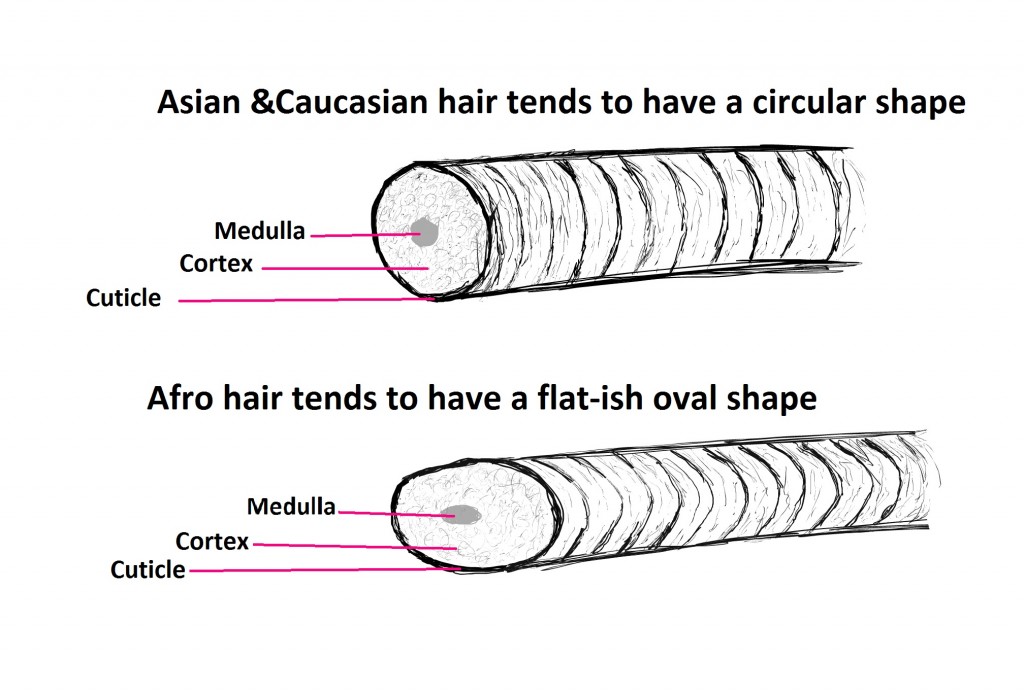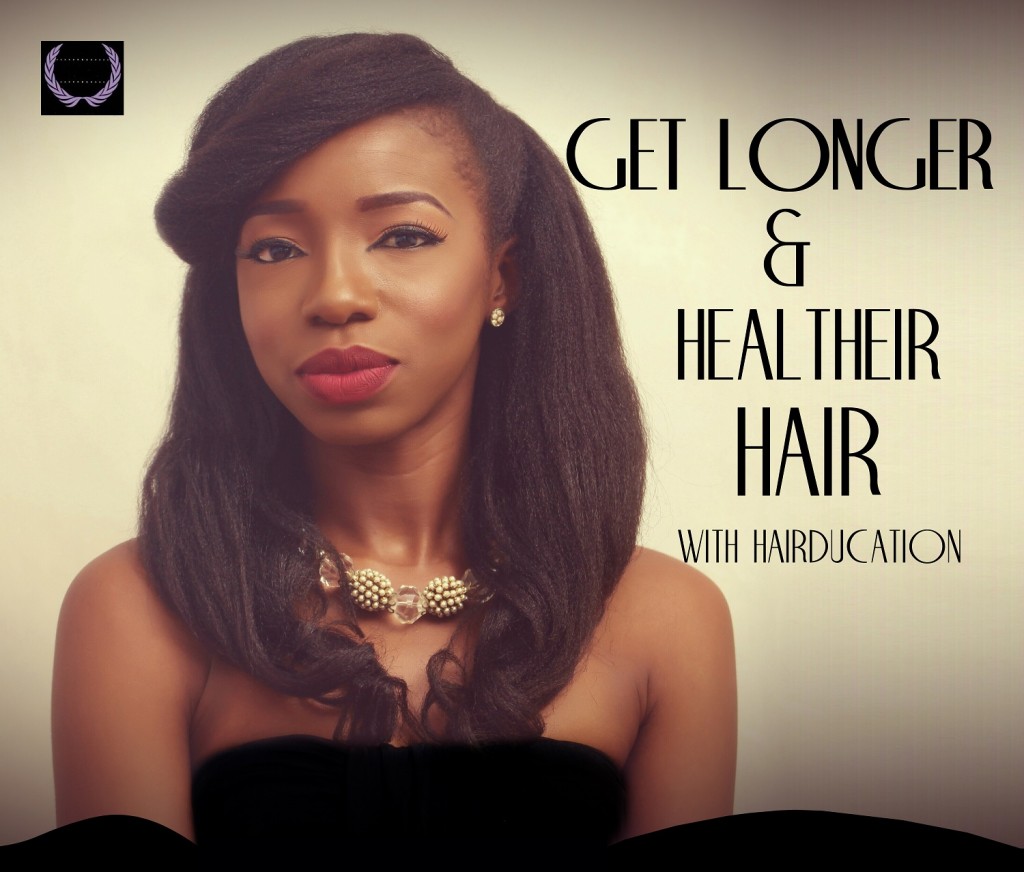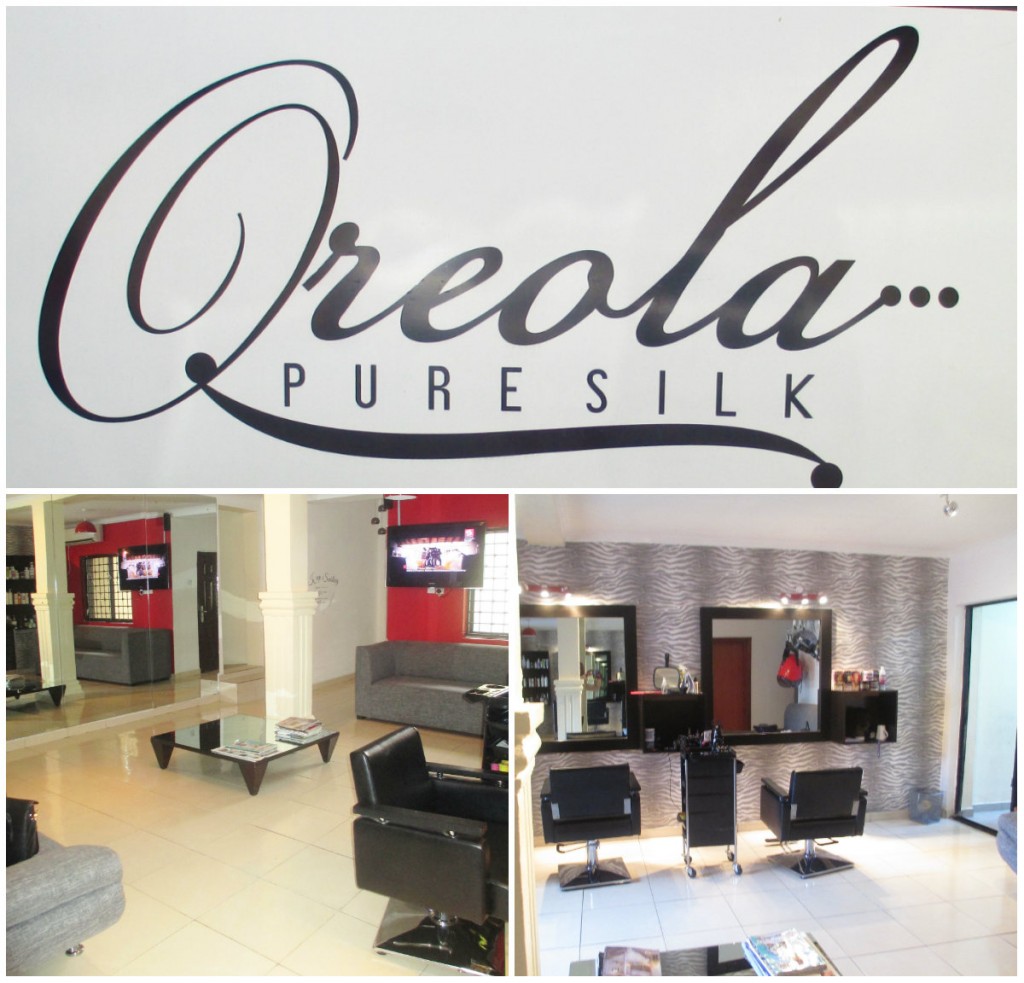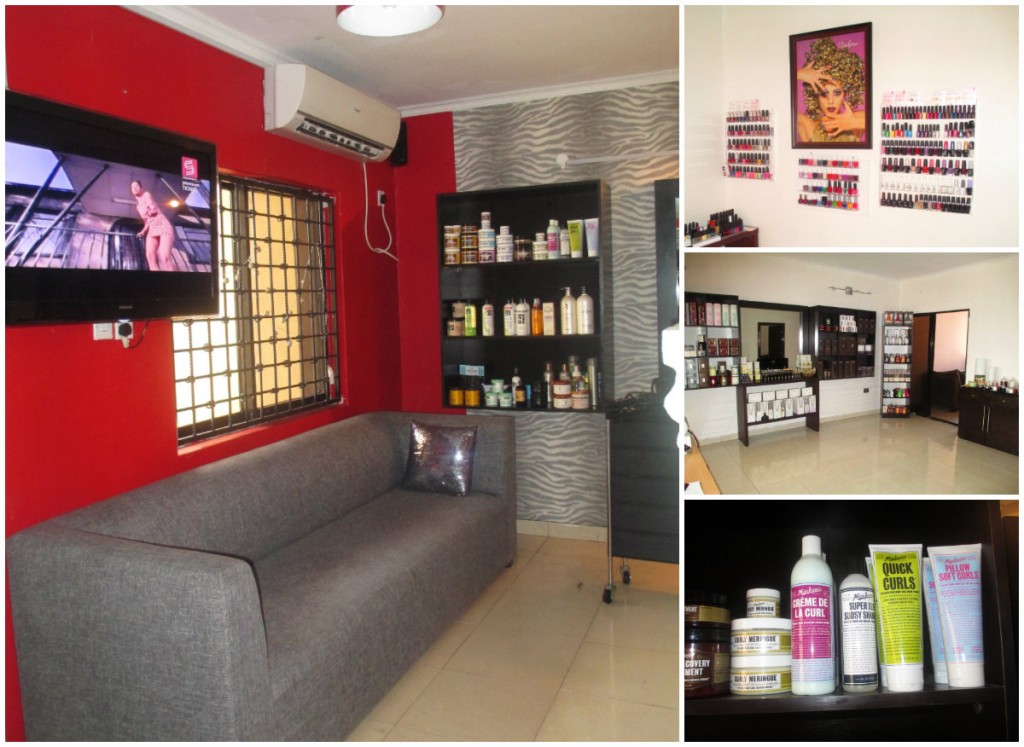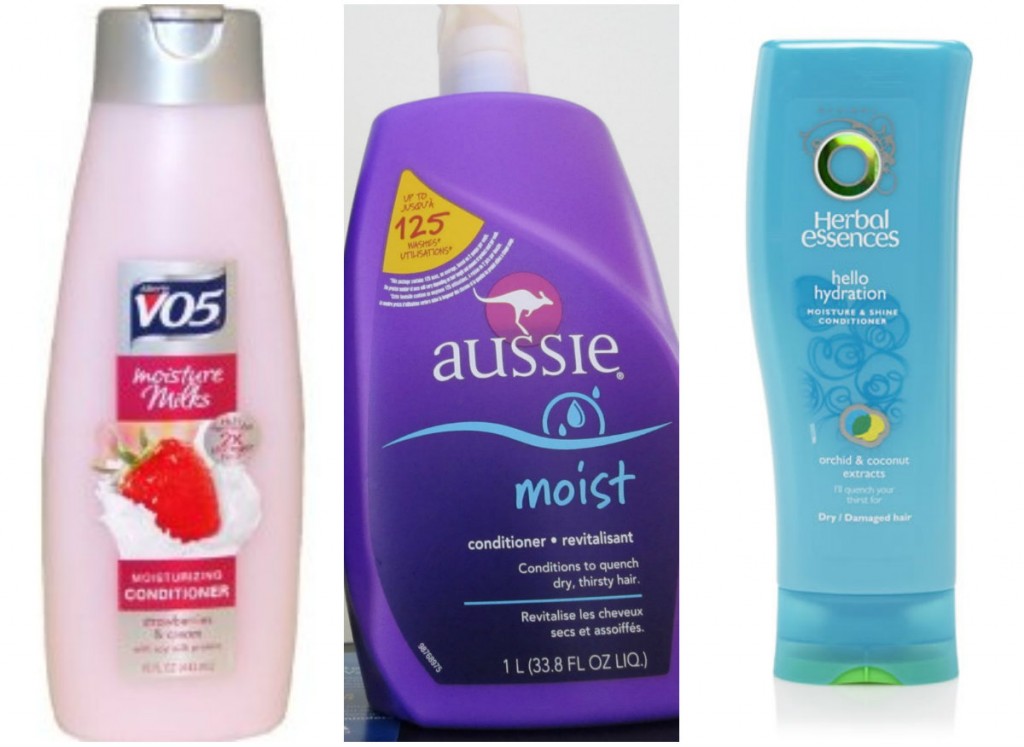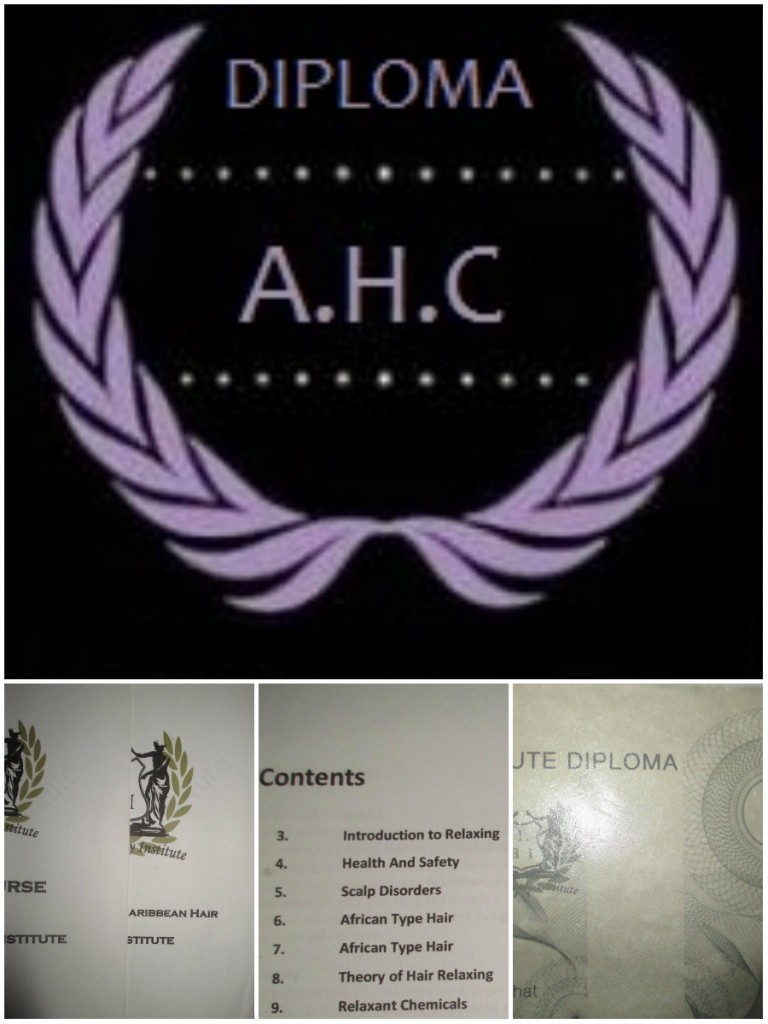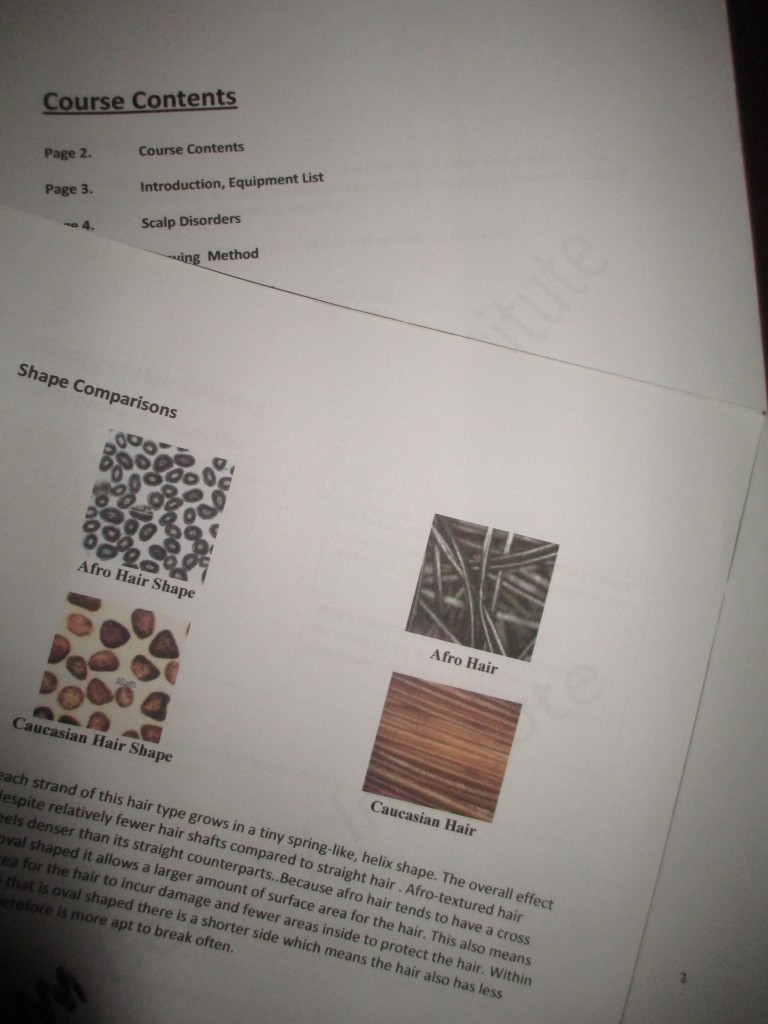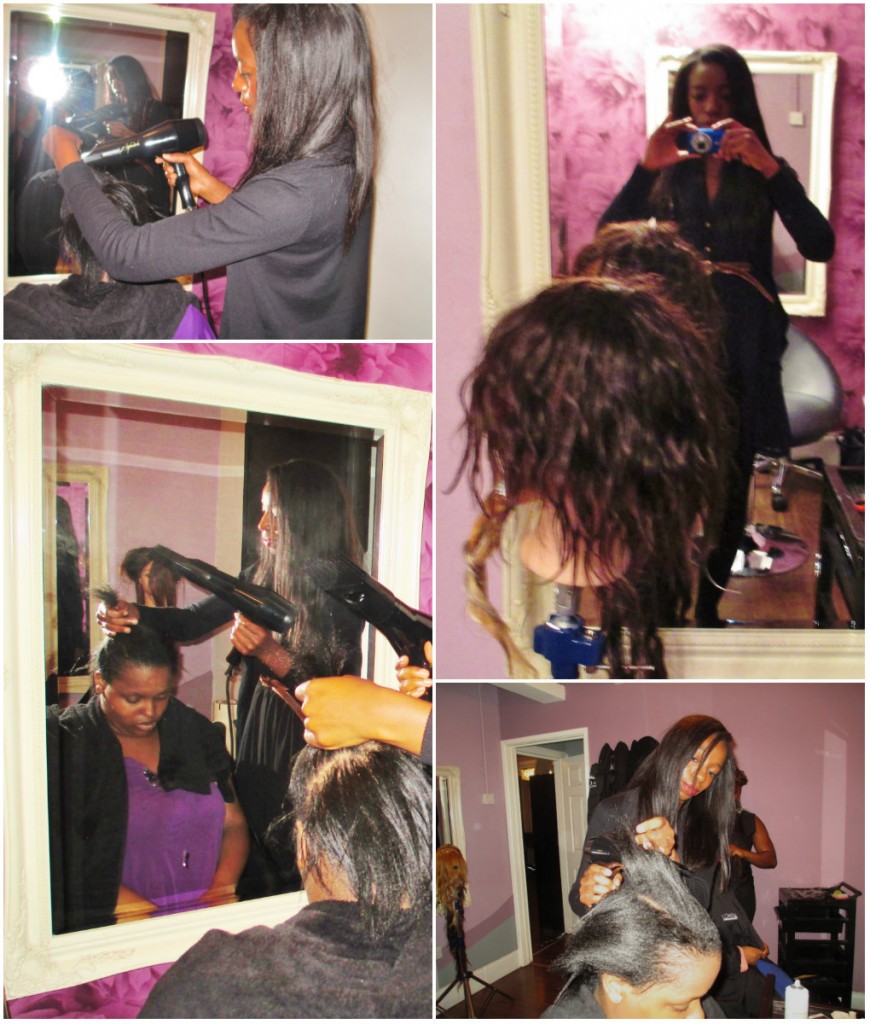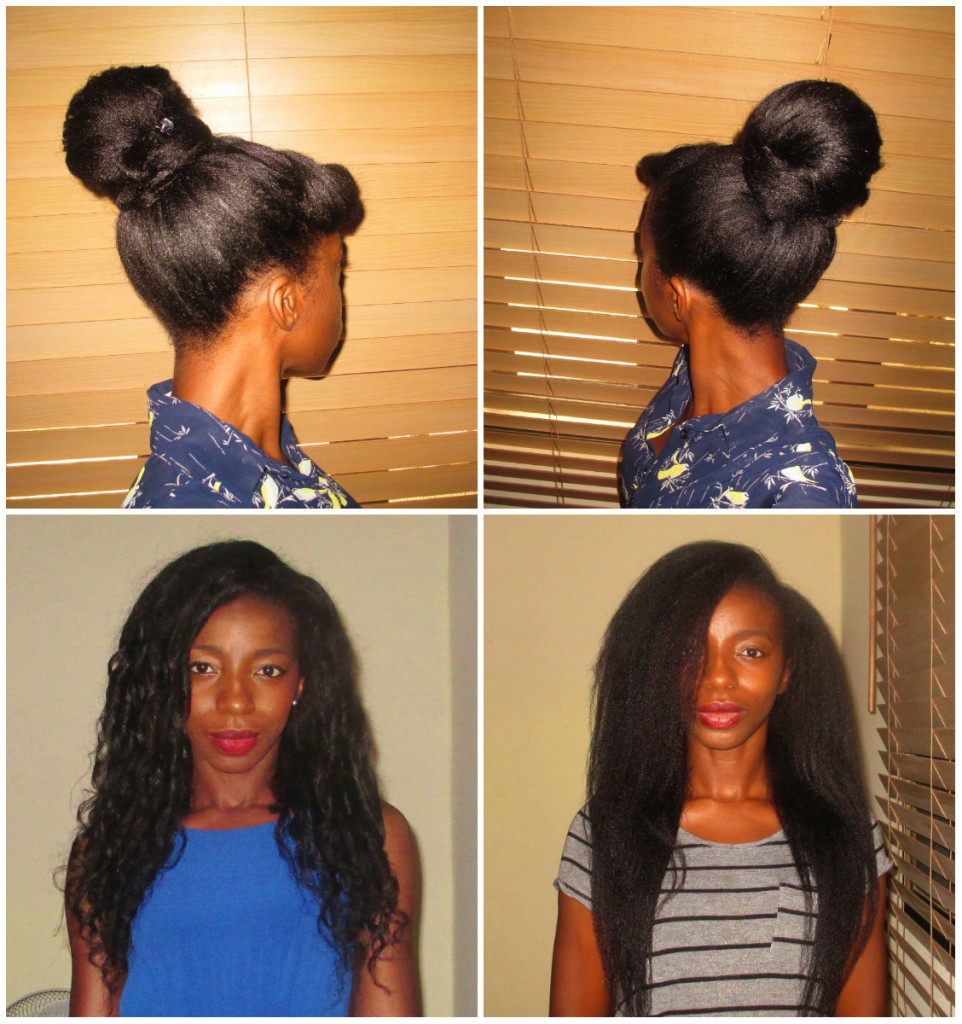
With better understanding of the characteristics of black hair, my hair and I are now in a happy place.
In my first year at university, I had the privilege in living in a very multi-cultural house with five other ladies.
There was Bridget, the English red head, Sandy who was Chinese with pin straight black hair, Sandeep who was Indian and had wavy dark brown hair, Zara who was of mixed heritage (Chinese and English) and had straight dark brown and very shiny hair, Colleen who was Jamaican and myself from Nigeria, we both had relaxed hair. We all got along really well and used to joke that we were the United Colours of Benetton.
Colleen and I became best of friends over the years (she is the one who actually encouraged me to start a hair journey). One of the things we bonded over was complaining about our hair. We would lament about why our hair was so difficult to manage, why did it break so easily, how could our other house mates blow dry and flat iron their hair every day and still have a great head of hair, how come they could chop all their hair off and within a few months it would have grown back, how come they didn’t seem to have any hair issues, what was it about black hair?????
In this blog post I will address some of the differences between Afro, Asian and Caucasian hair and why those differences requires us to care for our hair in a “special” way if we want it to thrive. Please note that the information below provides a general average or overview about the differences between the various hair types and I will be referring majority of the time to afro hair in its natural state.
DIFFERENCES BETWEEN AFRO, ASIAN & CAUCASIAN HAIR
FEWER HAIR FOLLICLES – LESS DENSITY
Hair grows out from our hair follicles (tiny holes) which are located within our scalp. The number of hair follicles a person has determines the overall fullness (density) of that person’s hair. As an example a person with 100 thousand hair follicles should have more hair (more density) than someone with 70 thousand hair follicles. The amount of hair follicles each person is born with is genetically predetermined.
Research has shown that Caucasians and Asians on average have more hair follicles (higher density) than we do. So although our natural (chemically unprocessed) hair may look fuller than straight hair we actually have fewer hair strands.
INDIVIDUAL STRAND THICKNESS
The shape and size of each hair stand is determined by the shape of the follicle it grows out from. Our hair follicles moulds our hair strands as they leave the follicle and are pushed out of our scalp.
The cross section of Asian and Caucasian hair follicles shows that is has a circular shape whilst the cross section of Afro hair follicle shows that it has an oval shape.
The effect of our oval shaped hair follicle is that our hair strands tend to be smaller in diameter than Asian and Caucasian hair.
Hair strands that are fine/ thin tend to have higher tendency to tangle and will break easier as a result of tangling.
SHAPE OF OUR HAIR STRANDS
Due to the oval shape of our hair follicles, the hair produced is slightly flatter in shape than Asian and Caucasian hair. The unique shape of our hair strands means that we have more flat surface area to incur damage when we blow dry, flat iron, handle our hair or comb it aggressively.
The flattened shaped of our hair makes it easier for it to sustain damage.
UNEVEN THICKNESS OF EACH STRAND
Asian or Caucasian hair strands tends to have an even thickness from root to tip. A strand of black hair however tends to have uneven thickness from root to tip. This is because our hair is curly/kinky and the point at which the bend or curl occurs in our hair strand is usually flatter or thinner than the rest of the hair strand. Each curve/bend is an area that weaker than the rest of the hair strand because of the thinness of that spot.
We therefore have several fragile/weak spots along each strand of our hair.
As a summary of the points above, our hair is not as full, the strands are thinner which means it has a higher tendency to tangle and break as a result of tangling, it sustains damage easier because of its flattened shape, we have points of weakness across each hair strand and our hair is drier than theirs making it more susceptible to breakage.
I hope setting out all this not make you think our hair is bad or poorly designed. I decided to write this blog post to emphasise why we simply cannot treat our hair the same way as Asians and Caucasians do. It is easier for them to retain length simply because their hair does not break and sustain damage as easily as ours.
Our hair is different and how we care for it should reflect these differences. This is why we as black women probably have to invest a little more time and effort in caring for our hair. Deep conditioning, protective styling and all the little extra things we do to our hair is a must, especially when it has been relaxed or coloured.
I don’t know about you but I grew up thinking our hair was a lot tougher and could tolerate a lot more abuse that Asian/Caucasian hair. But now I know that the opposite is actually the truth; our hair is a lot more fragile. What are some of the misconceptions you had about black hair before your hair journey?
As always I hope you’ve found this blog post a worthwhile read. The next blog post will be a hair update which I hope you’ll come back soon for.
X
Lade
Learn | Change | Grow
#bringbackourgirls

